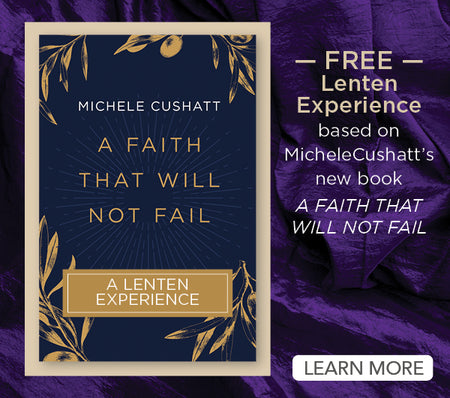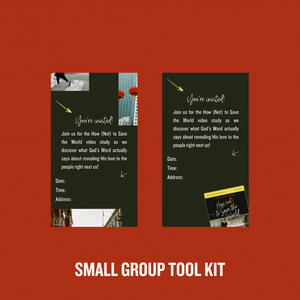Blog Posts by Michele Cushatt
Blog Posts by Michele Cushatt
What is Lent and why should I observe and practice it?
Although Lenten practices vary depending on denomination and congregation, it generally includes three primary areas of focus: Prayer, Fasting, and Giving.



